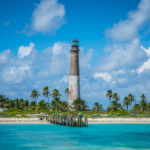If you have ever taken a cruise, you might have questioned the speed of your journey at some point. Alternatively, you could have a keen interest in studying nautical sciences or marine engineering. Or, you may just be curious and looking to broaden your general knowledge.
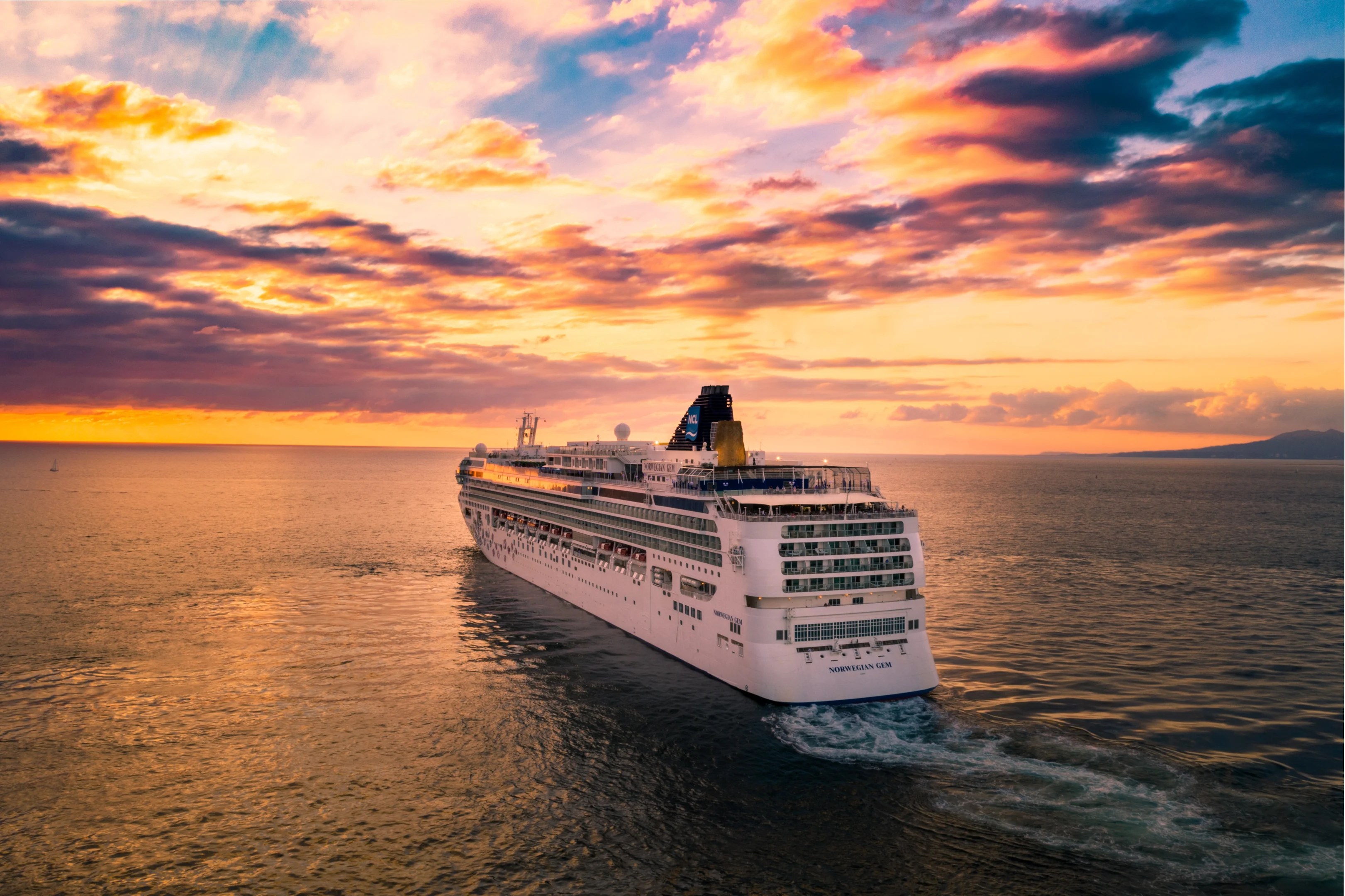
Either way, the article below will answer some of the most commonly asked questions about cruise ship speed, as well as some of the factors that influence how fast cruise ships go.
How is Cruise Ship Speed Measured?
Cruise ship speed is measured in knots. A knot is a unit of speed that represents one nautical mile per hour. This is roughly equivalent to 1.15 miles per hour.
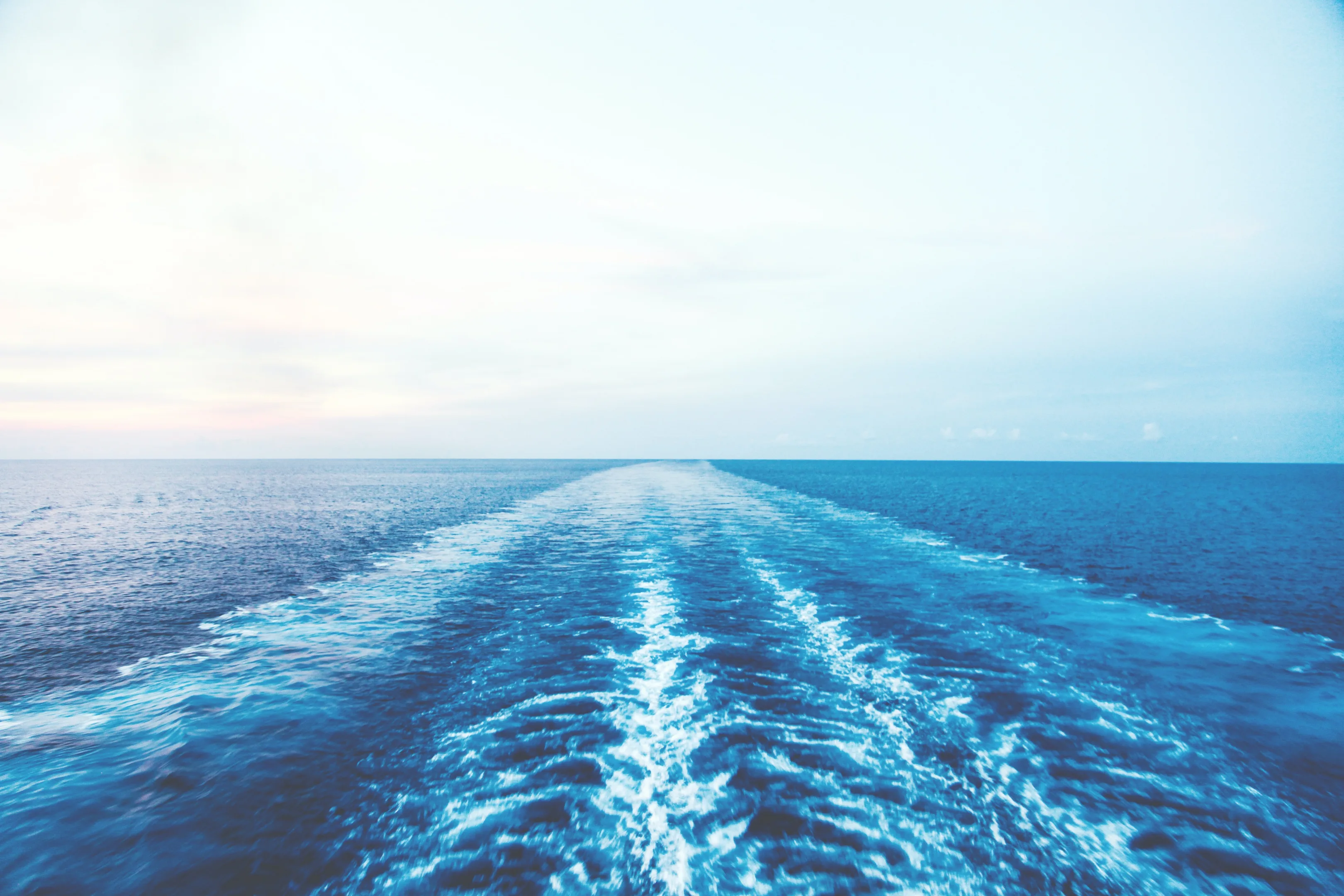
Why is Ship Speed Measured in Knots?
Before the advent of GPS tracking technology, sailors needed to find another tool for gauging ship speed.
In the late seventeenth century, this was done using a device called a “common log”. This was a rope with knots spaced at even intervals attached to a triangular piece of wood. Sailors would toss the wood into the water behind the ship and allow it to float freely for a set period. When the time ran out, the crew members would tally how many knots were between the ship and the piece of wood to estimate their speed. Hence, the term “knot” is still used today.
Before the invention of the common log, another method was used to measure ship speed. Typically, a buoyant object (usually a piece of wood) known as a “Dutchman’s log” was cast over the bow of a boat. Sailors would then count how long it took for the stern to catch up with the object to get an approximation of their speed.
How Fast do Cruise Ships Go in Miles Per Hour (mph)?
Earlier, we mentioned that one knot or nautical mile is more or less equivalent to 1.15 miles per hour.
So, if the average speed of a modern cruise ship is 20 knots, that means that they typically sail at 23 miles per hour.
What is the Average Cruising Speed?
Once at sea, a cruise ship can reach cruising speed (also known as service speed). This is not the fastest speed the ship can reach, but it is the most fuel efficient, plus it ensures a smooth, comfortable ride for its passengers.
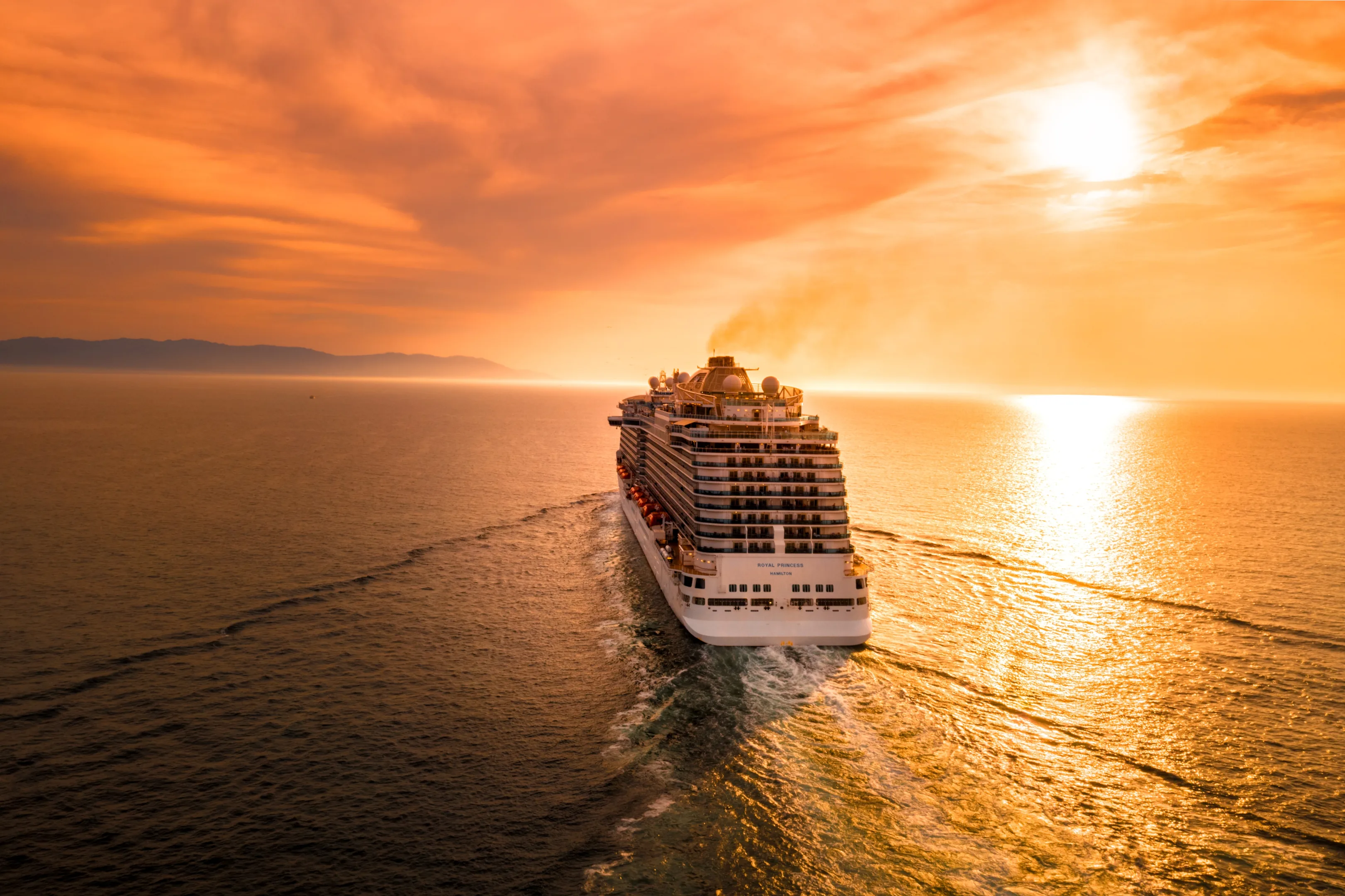
Generally, cruise ships sail at an average speed of 20 knots or 23 mph. However, anything between 16 to 22 knots is also considered typical. If a cruise ship were to travel at the same speed on land, it would take about ten hours to reach New York City from Los Angeles. This is rather impressive, considering the sheer size and weight of a cruise ship.
What is the Maximum Cruising Speed?
Most cruise ships can reach a maximum speed of 30 knots or 34.5 miles per hour. On most voyages, however, a cruise ship will never reach maximum speed unless the situation calls for it. For example, if the captain receives a distress call from another vessel, they will generally move as fast as possible to assist. A captain will also pick up the pace to steer clear of bad weather.
What are Some of the Factors that Influence a Cruise Ship’s Speed?
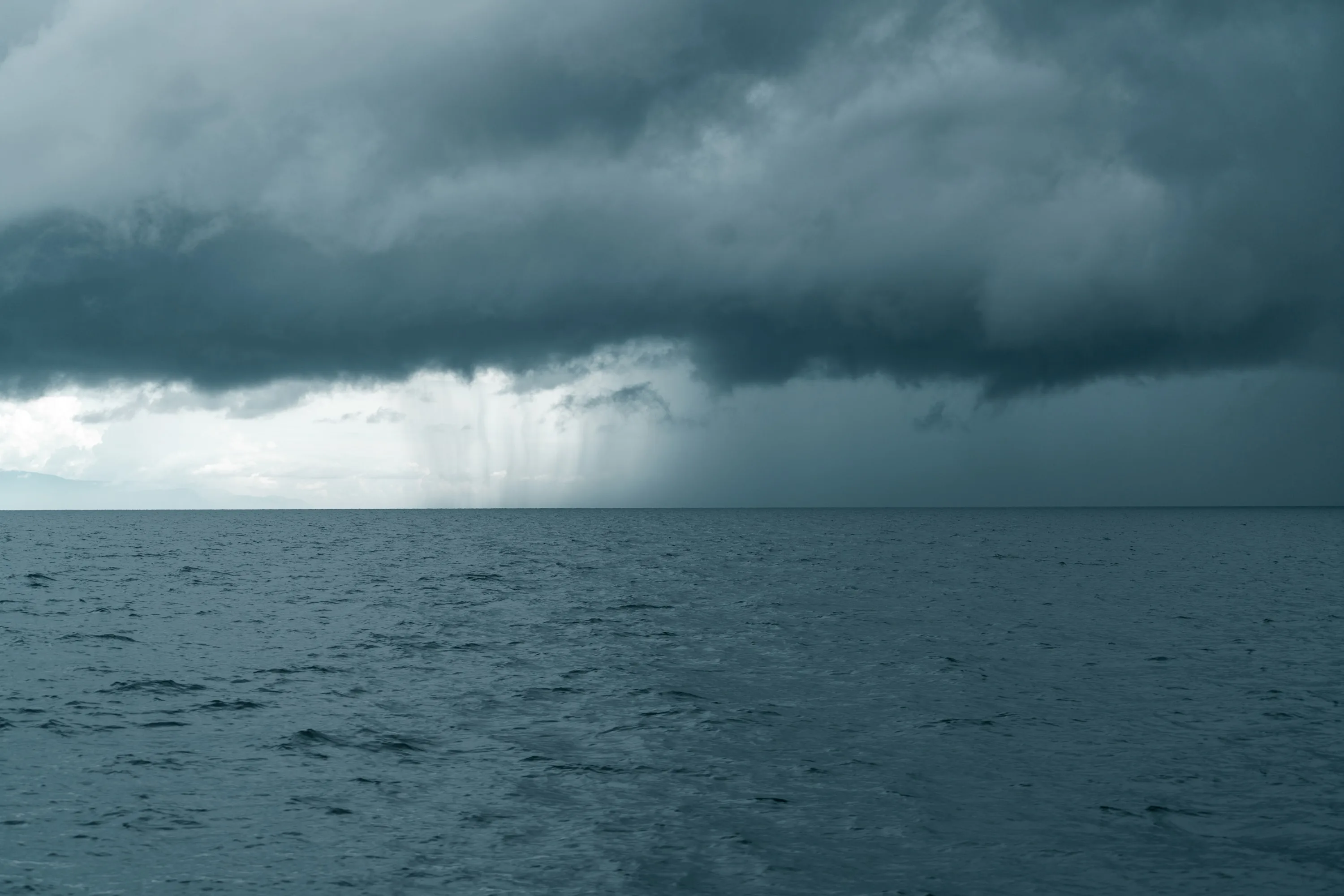
How fast a ship can sail depends on several factors. These include the size of the vessel, its engine power, and weather and ocean conditions. Fuel consumption also plays a major role.
Let’s look at some of these in more detail below.
Fuel Consumption
As mentioned above, maintaining an average cruise ship speed of around 20 knots helps with fuel efficiency. A ship sailing at a higher speed will burn more fuel due to water resistance, which has obvious environmental and economic implications. Overall, there are very few instances where the captain of a cruise ship will decide to pick up the pace, with the most likely reason being an emergency.
Ship Size
Generally, the heavier a vehicle is, whether it moves on land or on water, the more force it requires to accelerate. More force means more fuel, which is why some of the larger cruise ships sometimes sail at a slower pace to improve fuel efficiency.
Environmental Conditions
There are several ways that weather can impact ship speed. For example, if the wind is blowing against the boat, it’ll consume more power and fuel to move forward, making it difficult to maintain speed. Another factor is the weather forecast. A captain may decide to hit top speed to outrun a storm. Conversely, they might sail more slowly if they find themselves in choppy swells. In either case, cruise ship captains will adjust speed accordingly to prioritize their passengers’ comfort and safety.
How can Cruise Ship Speeds be Increased?
Small improvements to a cruise ship’s design and engineering can make all the difference when it comes to increasing its speed without increasing fuel consumption.
One of the easiest ways to do this is by shrinking the size of the vessel. Smaller cruise ships are lighter and plow through the water with much less resistance. They also use less fuel while traveling at the same speed as a larger cruise ship.
Another way in which cruise ships can attain faster speeds is by making improvements to their hull design. These, along with other design modifications, can help make a ship more streamlined and hydrodynamic to reduce drag, so it cuts through the water with much more ease.
More Fun Facts and FAQs About How Fast Cruise Ships Go
How far can a cruise ship sail in a day?
Most cruise ships will spend up to a week at sea, although some cruise lines that travel to remote destinations like Antarctica or the Galapagos Islands may take even longer. In 24 hours, a cruise ship sailing at the average cruising speed can cover around 480 nautical miles, that is, 552 land miles.
Do cruise ships travel faster at night?
This is a common misconception that is probably due to the fact that cruise ships slow down as they leave or enter port. Since the majority of cruise ships only do this during the daytime, it can make it seem like they travel faster at night.
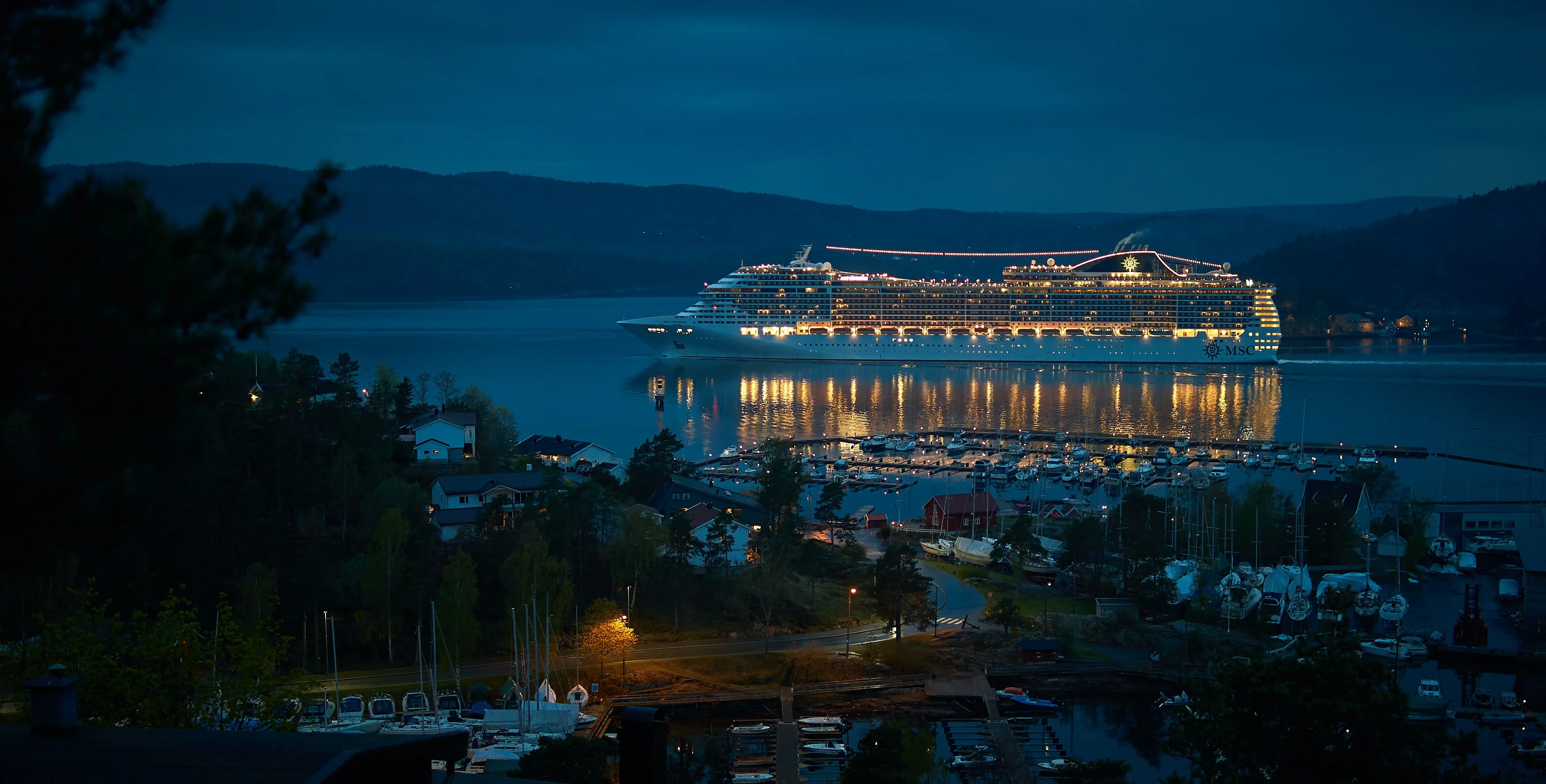
That being said, cruise ships do sail around a lot at night in order to reach the next port for sightseeing during the day.
How fast do Royal Caribbean cruise ships go?
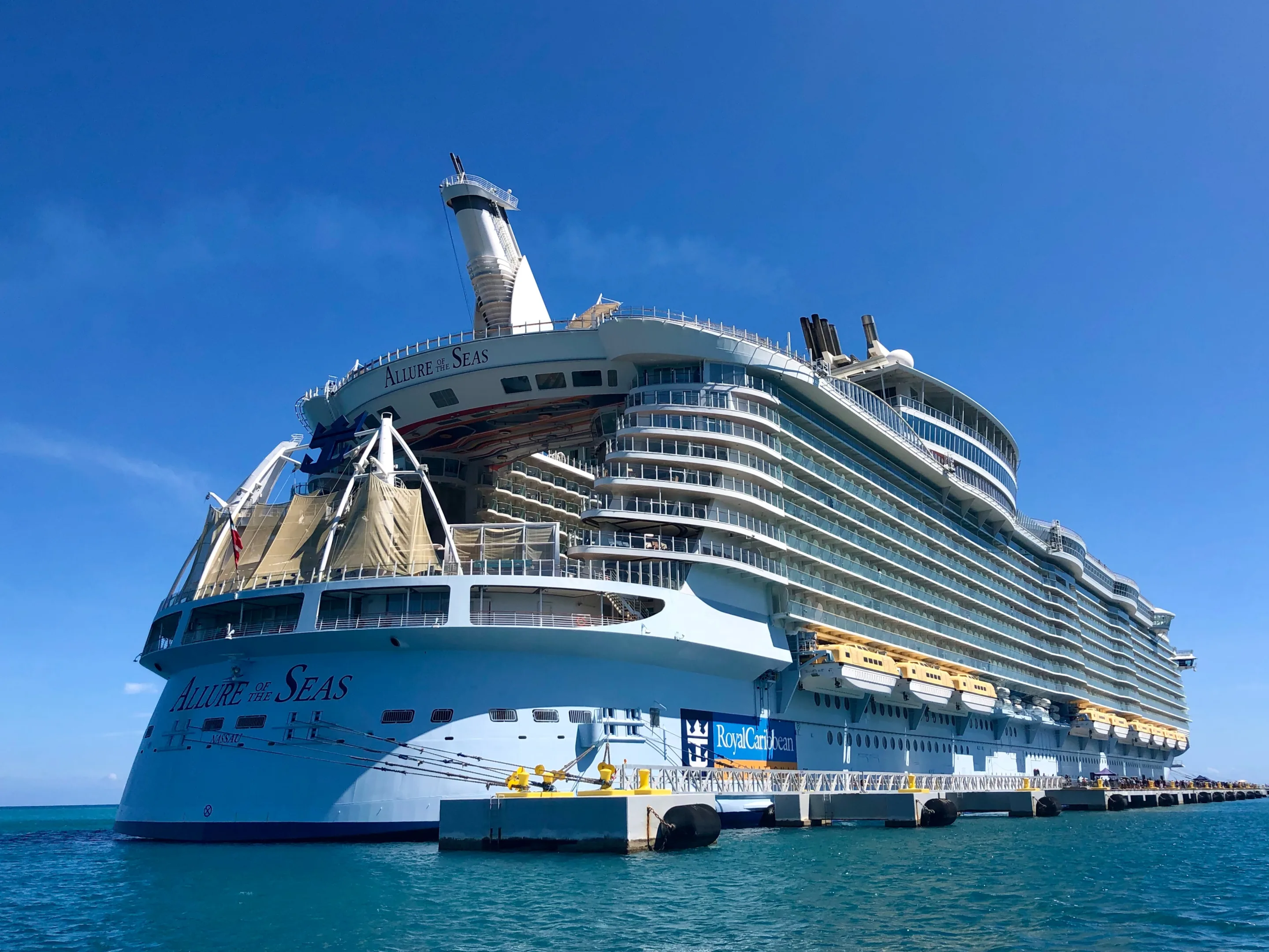
Royal Caribbean ships usually average between 18 and 20 knots depending on the vessel’s size and itinerary. Harmony of the Seas, the fastest cruise ship in its fleet, can attain a maximum speed of 25 knots but rarely does as a result of decreased fuel efficiency.
What is the fastest cruise ship in history?
The SS United States remains the fastest cruise ship ever built since its maiden voyage in 1951. On this journey, the ship managed to attain an average maximum speed of 34.51 knots (around 40 miles per hour!), which allowed it to cross the Atlantic in just three days.


